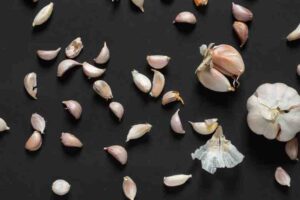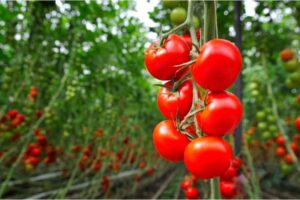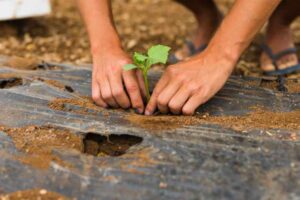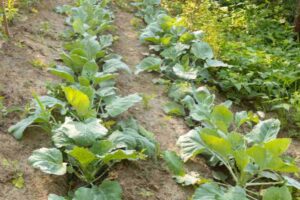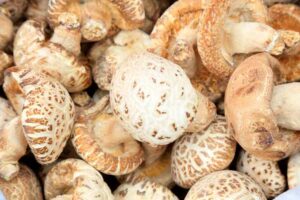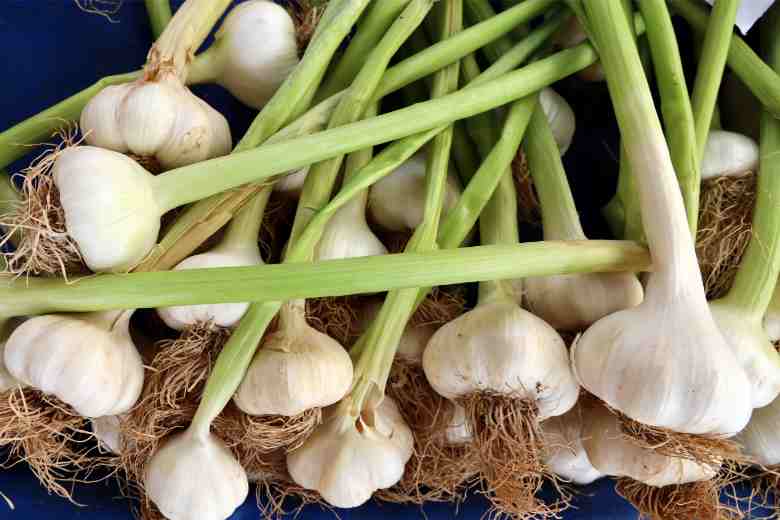
Wondering when the optimal time is to plant garlic if you live in Kansas? The ideal planting window for garlic in Kansas falls between mid-September through mid-October when soil temperatures range from 50-65°F. Planting garlic during this narrow timeframe allows the cloves to establish roots before the ground freezes for winter dormancy, ensuring healthier growth come spring.
Determining the precise “When To Plant Garlic In Kansas” timing is crucial to get a bountiful harvest. Our guide will provide a detailed overview of the best planting period in Kansas for garlic, including a step-by-step process and aftercare tips, to help you maximize your yield.
Kansas Climate Conditions for Garlic Planting
The climate in Kansas presents both opportunities and challenges for growing garlic. Understanding the conditions can help home growers plant at the right time for ideal results.
1. Summer Months (June-August)
Hot and humid weather is common, with average highs of 85-95°F.
Rainfall is intermittent but daily watering may be needed to avoid drought stress as bulbs mature.
Consistent soil moisture and morning watering are important during bulb development.
2. Fall Months (September-November)
Ideal soil temperatures of 50-65°F for garlic planting occur during this timeframe.
Rainfall amounts are generally moderate, averaging 2-4 inches.
Temperatures continue to cool down, with average highs of 60-70°F.
3. Winter Months (December-February)
Regular freezing occurs, with average lows of 15-30°F.
Garlic cloves remain dormant under a blanket of snow if present.
Insulating mulch protects from temperature fluctuations.
4. Spring Months (March-May)
A gradual warming trend occurs with average highs of 50-65°F.
Soil dries out less quickly as snow melts and rainfall picks up.
Sprouting begins in early spring if moisture is adequate.
Types of Garlic Suitable for Planting in Kansas
Here are some top types of garlic suitable for planting in Kansas:
- Softneck garlic: Varieties like ‘Artichoke’ and ‘Inchelium Red’ are widely adapted and yield reliably in Kansas. Without stiff scapes, these braid easily.
- Music/Chesnok garlic: A popular Russian type with large bulbs. Tolerates heat/cold fluctuations better than most. Stores well.
- California Early garlic: Ideal for planting in September. Matures about 2 weeks before other types, avoiding seasonal threats. Bulbs are smaller but tender.
- Persian Star garlic: Known for its mild flavor and pretty star-shaped cloves. Overwinters well in Kansas but may be prone to rot in wet springs.
- Korean Purple garlic: Striking purple striping on bulbs adds visual appeal. Sweet, moderately strong taste. Grows steadily during Kansas summers.
- Siberian garlic: Very hardy and productive, with high allicin content for health benefits. Adapts to a range of soils and less hands-on care is needed.
- German Red garlic: Vigorous, reliable producer of reddish bulbs with a robust garlic taste. Stores for many months after harvest.
Planting Process Of Garlic In Kansas
Once you’ve determined your garlic planting date, follow these steps for successful growth:
Prepare the soil: Loosen the top 8-10 inches and remove any weeds or debris. Soil pH should be between 6-7 for optimal nutrition. Incorporate 2-3 inches of compost or other organic matter.
Select healthy garlic: Choose large, plump cloves without any signs of mold or rot. Softneck varieties like Artichoke are particularly suited to Kansas conditions. Hardneck types may not fare as well.
Plant the cloves: Space individual cloves pointy end up and flat end down, with about 4-6 inches between each. Depth should be 2-3 times the diameter of the clove.
Water after planting: Thoroughly soak the soil to settle the cloves in without air pockets. This will prevent desiccation over winter.
Mulch: Adding 2-3 inches of organic mulch-like straw will insulate the soil and protect the cloves as seasons change.
Monitor moisture: Check that the soil doesn’t dry out completely during dormancy. Water as needed to keep surface soil from cracking.
Aftercare Tips
Once planted, garlic requires very little maintenance over the winter months. Resist the urge to check on the cloves, as this can disturb their dormancy. Continue watering sparingly if long dry spells occur.
In very early spring as bulbs begin to sprout, a light nitrogen-based fertilizer can be applied to boost growth. Mulch will also still protect developing greens. Weed as needed and maintain consistent soil moisture as temperatures rise through summer.
Harvest is usually mid-late July when bottom leaves begin to turn brown. Carefully dig up bulbs and allow them to dry in a shaded, airy location for 2-3 weeks before storing. Curing ensures a long shelf life.
Pests and Disease Precautions
Proper site selection and care practices can avoid many pest and disease issues for garlic in Kansas. Here are a few precautions:
- Rotate planting locations annually to disrupt pest and pathogen cycles in the soil.
- Choose a sunny spot with good airflow to prevent molds and rots from moisture buildup.
- Control weed competition which vies for nutrients and moisture needed by garlic.
- Depending on the severity, common diseases like white rot may require resistant varieties for that area.
- Insect pests like thrips and onion maggots can be deterred with row covers or targeted sprays as a last resort.
- Proper soil pH, drainage, and amendments avoid deficiencies that stress plants.
Conclusion
With the right timing and aftercare, garlic is very achievable to grow organically in Kansas. Be on the lookout for signs of issues and adjust practices as needed each season for continued success with this tasty crop.

